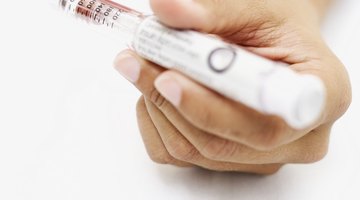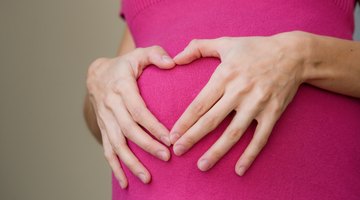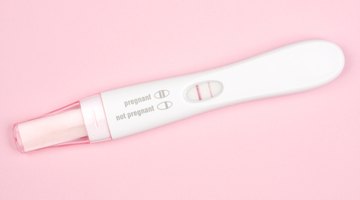How to Tell the Exact Date of Conception in Pregnancy
To calculate your exact date of conception you'll need to know the start date of your last menstrual period, how many days in your menstrual cycle, or when you ovulated. If you don't have that information, you can work backwards from your due date, with the help of an ultrasound and your health care provider. It's important to remember that 80 percent of babies are born within 2 weeks of their due dates, but less than 5 percent of babies are born on their precise due dates.
Subtract 266 days, which is 38 weeks, from your due date to know the date of conception. Your health care provider can help you determine your due date by using ultrasound pictures and charting the growth of your baby.
Add 14 days to the start date of your last menstrual period. This should be your ovulation date. Conception occurs within 24 hours of ovulation. If your cycle is longer or shorter than 28 days, this calculation won't be entirely accurate.
Track your ovulation for a precise conception date. One way to track ovulation is by taking a basal temperature reading using a basal thermometer, which is more sensitive than an ordinary thermometer. Take an oral temperature reading as soon as you wake up, before getting out of bed. Your temperature will be slightly elevated during ovulation.
Use an at home ovulation prediction kit, available at most drug stores. Much like a pregnancy test, it detects a hormone surge in urine. During ovulation there is a surge of luteinizing hormone; this is the most precise way to detect ovulation at home. Conception occurs within 24 hours of ovulation.
Tips
Look for changes in cervical mucus as a sign of impending ovulation.
Warnings
Your most fertile time is the entire week of ovulation and having sex up to 5 days before ovulation can result in pregnancy.










